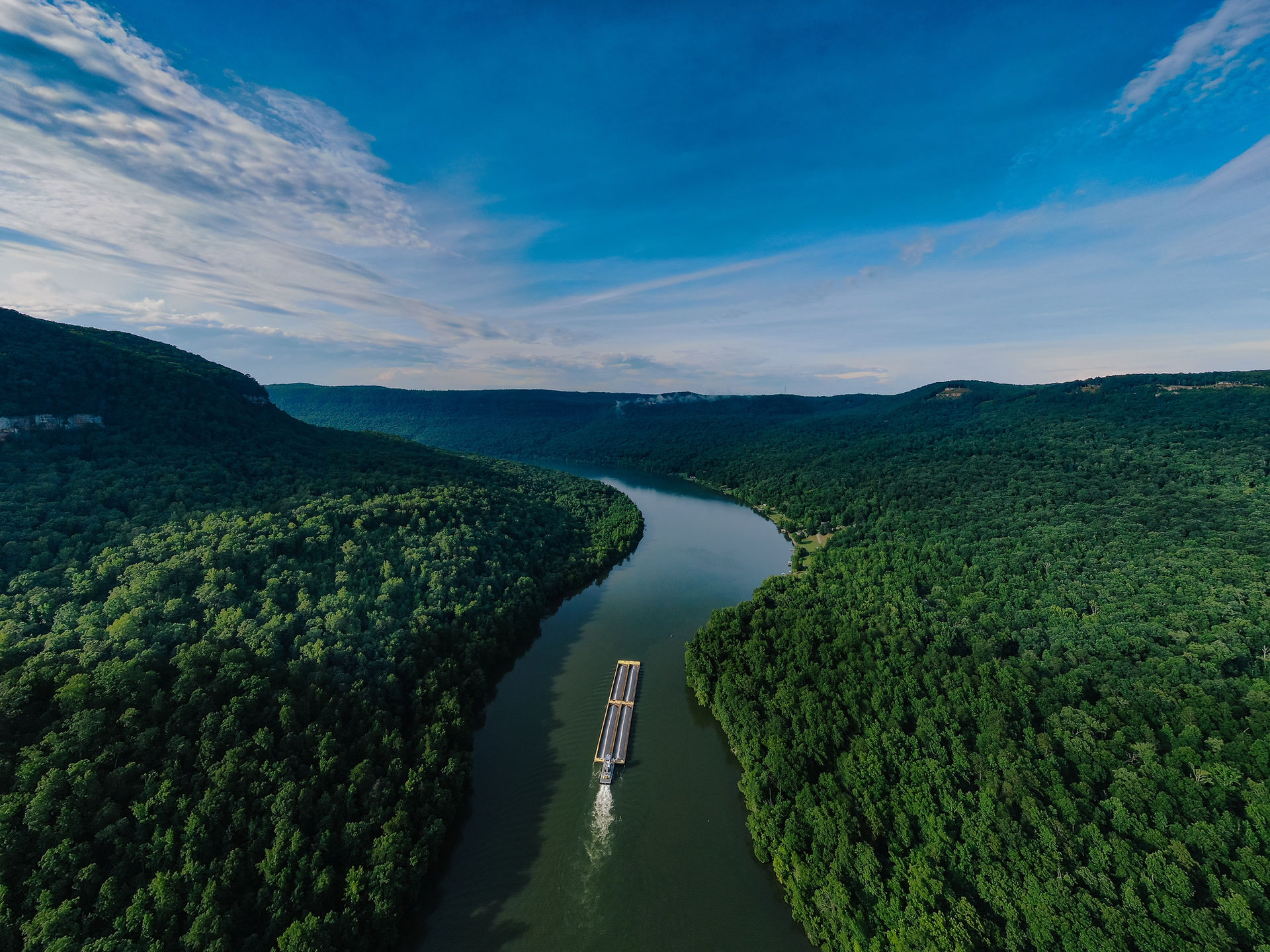
What is ground effect?
O ground effect is an aerodynamic effect where the flow of air around a body is interrupted by the ground. In airplanes, it occurs when the aircraft is flying at a height of up to ¾ of the wing span, causing a greater lift force to be generated for the same angle of attack, which has the consequence of making the most efficient aircraft flying close to the ground. This is because the ground acts as a blocker for the vortices generated at the wingtips of an aircraft.
What is an ekranoplan?
The Ekranoplan is an aircraft that was created in the Soviet Union during the cold war. Its objective was to transport cargo and troops across the sea at high speed coupled with low fuel consumption, when compared to traditional aircraft with the same cargo capacity. Another relevant advantage was its difficult detection by enemy radars, as it was always flying a few meters above the sea.

This type of aircraft uses the ground effect to improve its performance. The ground effect is an aerodynamic phenomenon that occurs when the aircraft is flying at a height of up to ¾ of its wingspan, creating a decrease of up to 50% in the induced drag and increasing lift. This combination of factors allows for greater fuel economy, greater autonomy and the capacity to fly at high speeds.
Who regulates this type of vehicle?
In 2003 the International Maritime Organization (IMO) published a safety code in the form of guidelines for ground effect vehicles. According to this code, a ground-effect vehicle is basically recognized as a high-speed maritime vehicle and is certified as such, therefore, it does not require certification by the aeronautical authorities. This makes certification costs and operating costs lower when compared to airplanes. Ground effect vehicles were divided into 3 categories, where the Type A and Type B categories are regulated only by the IMO and the Type C category is regulated by the IMO and the International Civil Aviation Organization (ICAO).
The maritime classification of WIGs comes from the existing set ICAO/IMO ruleset
IMO and ICAO agreed on three types of WIG operations.
Type A and B WIG are under the exclusive jurisdiction of the IMO.

1 50 m


Volitan is being designed to achieve Type B certification
IMO
Maritime
ICAO
Aviation
"Type A" WIG
only in ground effect
"Type B" WIG
Up to 150 m high
"Type C" WIG
no height restriction
What are the advantages of using an ekranoplan in the Amazon?
The Amazon region is extensive in territory and the connection between its cities is made mostly by rivers. The ekranoplan is up to 300% faster than the fastest vessels currently used for transportation in the region, in addition to being 50% more economical than other aircraft and also dispenses high infrastructure and airport maintenance costs, considering that its operation is done exclusively in water.
Another great advantage of this vehicle is the region's seasonal independence. This means that it is ready to operate even in the dry season of the rivers and, therefore, it can maintain regularity in the transport of people and cargo from all over the Amazon, always at the same speed!


What is AeroRiver designing?
AeroRiver is designing an ekranoplan adapted to the operational conditions of the Amazon territory. This aircraft will have the capacity to transport 10 passengers, or the equivalent of 1 ton in cargo, with a cruising speed of 150 km/h. The takeoff and landing will be done in the rivers, using the hull developed for this purpose.






